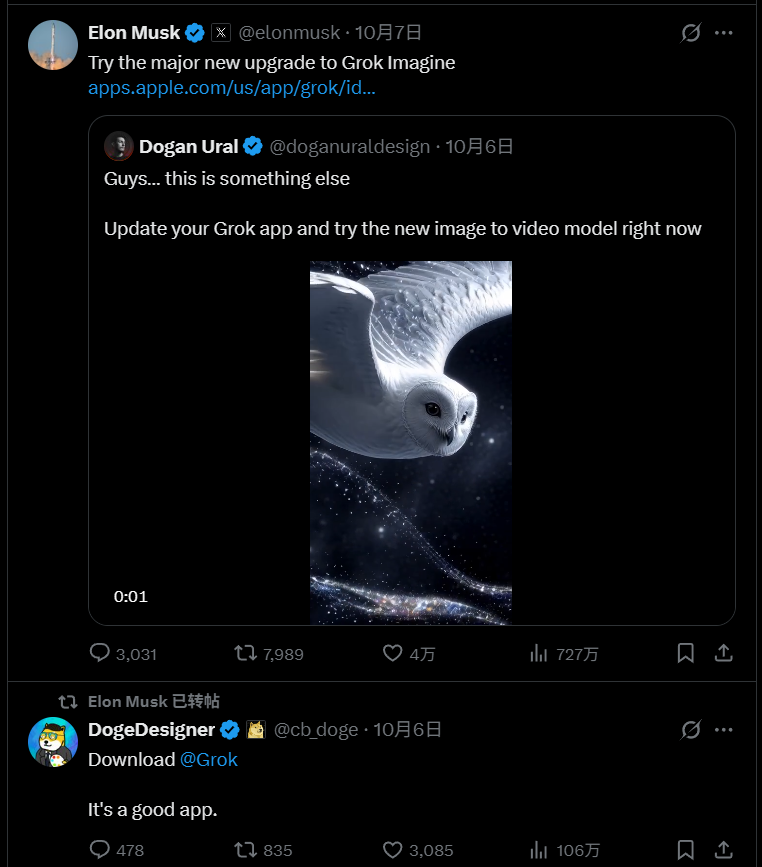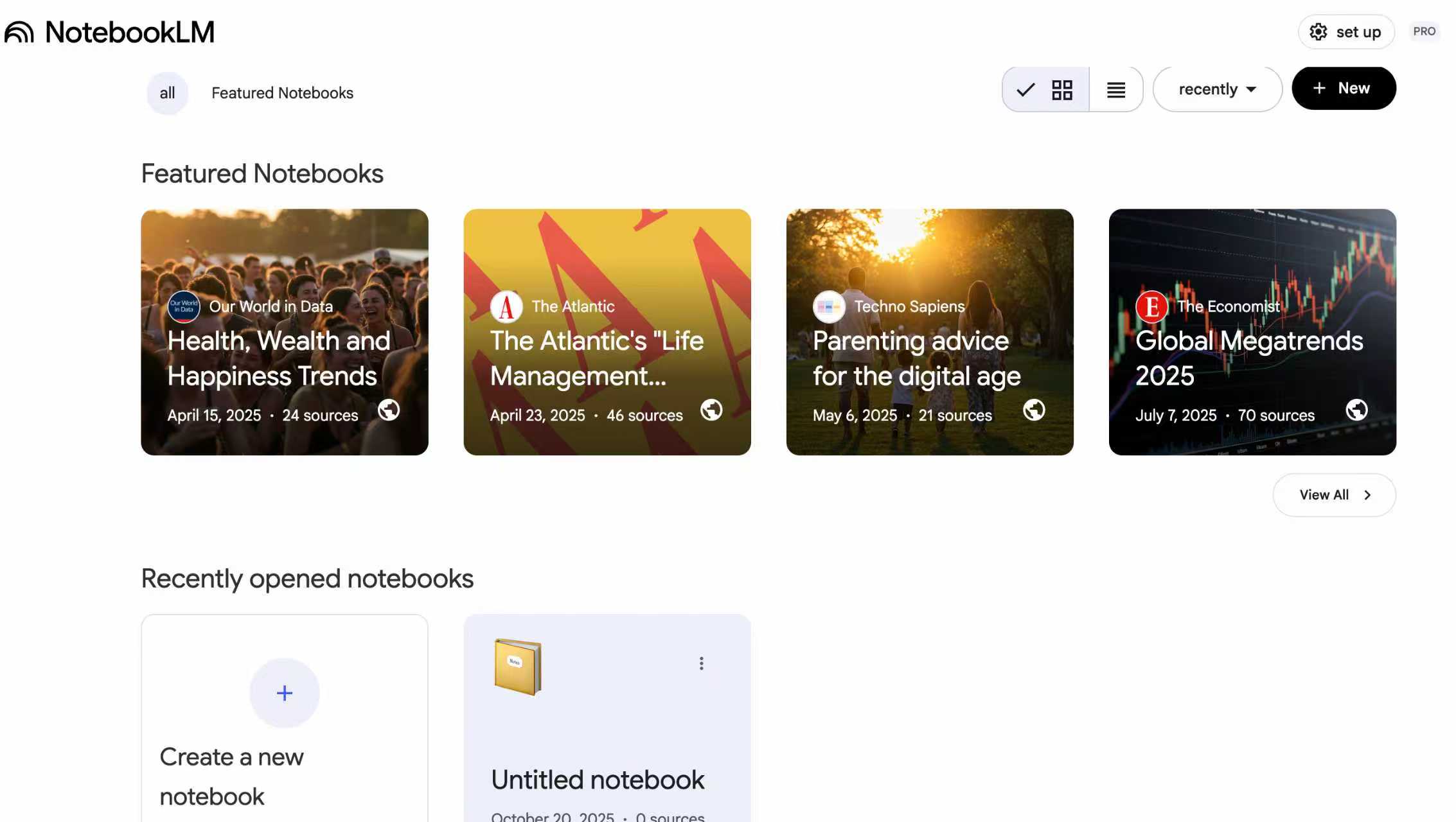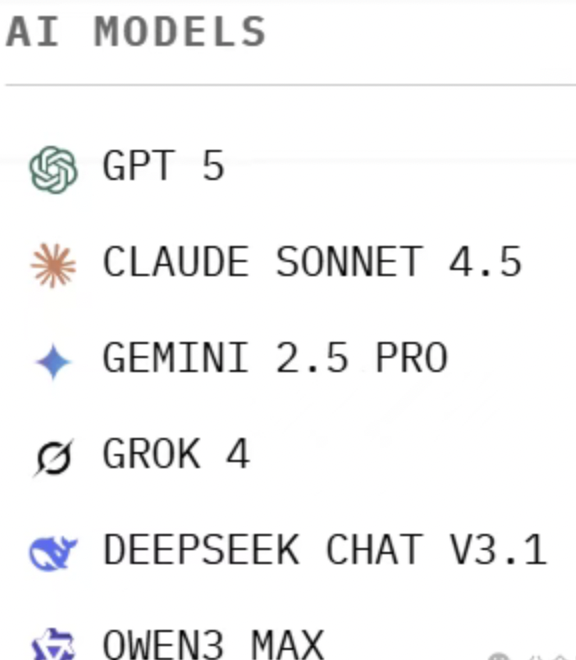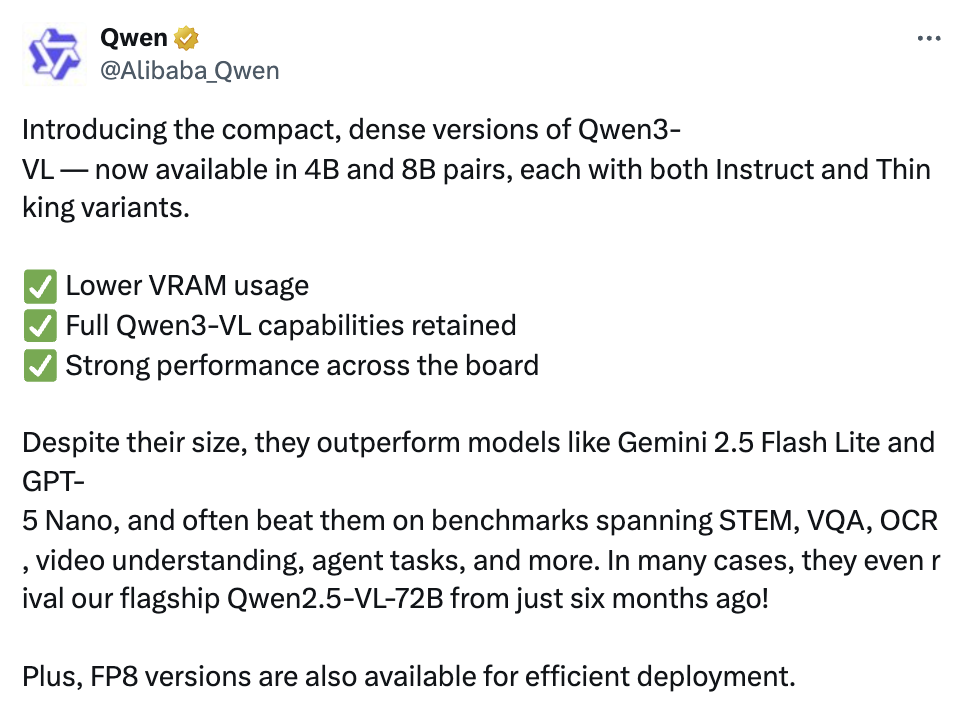
Specifically, on the SWE-bench Verified benchmark—a standard test for AI coding abilities—Haiku 4.5 scored 73%. This puts it on par with Claude Sonnet 4 and OpenAI’s latest GPT-5. In certain tasks, like computer manipulation, Haiku 4.5 even outperformed its larger counterpart, Sonnet 4.
For real-time, low-latency applications such as chat assistants, customer service bots, or pair programming tools, Haiku 4.5 combines high intelligence with exceptional speed for a smoother user experience.
Developers using Claude Code will also find that Haiku 4.5 enhances the entire programming workflow—from multi-agent collaboration to rapid prototyping—making it more responsive and efficient.
Of course, Sonnet 4.5, released two weeks ago, remains Anthropic’s flagship model and ranks among the world’s top programming AIs. But Haiku 4.5 offers a compelling alternative: near-top-tier performance at a much more affordable price point.
The model also introduces innovative collaboration features. For instance, Sonnet 4.5 can break down complex problems into smaller tasks and coordinate multiple Haiku 4.5 instances to work in parallel, creating a highly efficient synergy.
Anthropic conducted rigorous safety and alignment testing on Haiku 4.5.
Results show lower rates of undesirable behavior and significantly improved alignment compared to its predecessor, Haiku 3.5. In automated alignment evaluations, Haiku 4.5 exhibited fewer deviations than both Sonnet 4.5 and Opus 4.1,
making it Anthropic’s safest model to date.
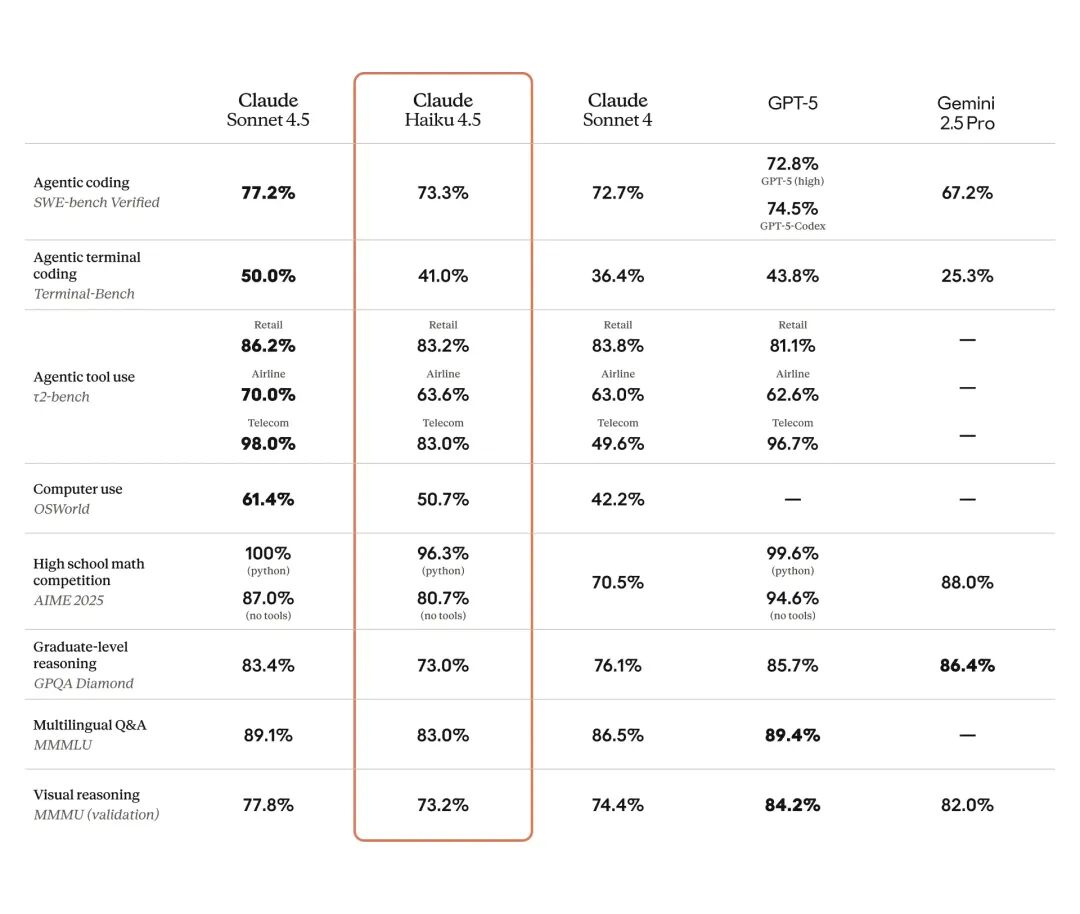
As for pricing, Haiku 4.5 costs $1 per million input tokens and $5 per million output tokens.
For comparison, GPT-5 mini is priced at approximately $0.25 per million input tokens and $2.50 per million output tokens, similar to Google’s Gemini 2.5 Flash. This means Haiku 4.5 is about four times more expensive than those alternatives.
However, compared to Sonnet 4.5, it’s roughly three times cheaper with minimal performance drop—a win for developers seeking cost efficiency.
That said, math isn’t Haiku’s strong suit. Noted blogger Dan Shipper tested it and found that Haiku struggles with arithmetic.
For example, in an Uber bill calculation test, Haiku accurately identified all relevant emails but failed to sum the total correctly. Even after being corrected, it repeated the same error.
Shipper’s balanced take:
If you’re a developer or entrepreneur building complex agent-based apps with Sonnet 4.5, consider switching to Haiku. You’ll save significantly with negligible performance loss. If you’re using Gemini 2.5 Flash or GPT-5 mini, give Haiku a try. Though pricier, it excels in scenarios requiring tool integration and autonomy.
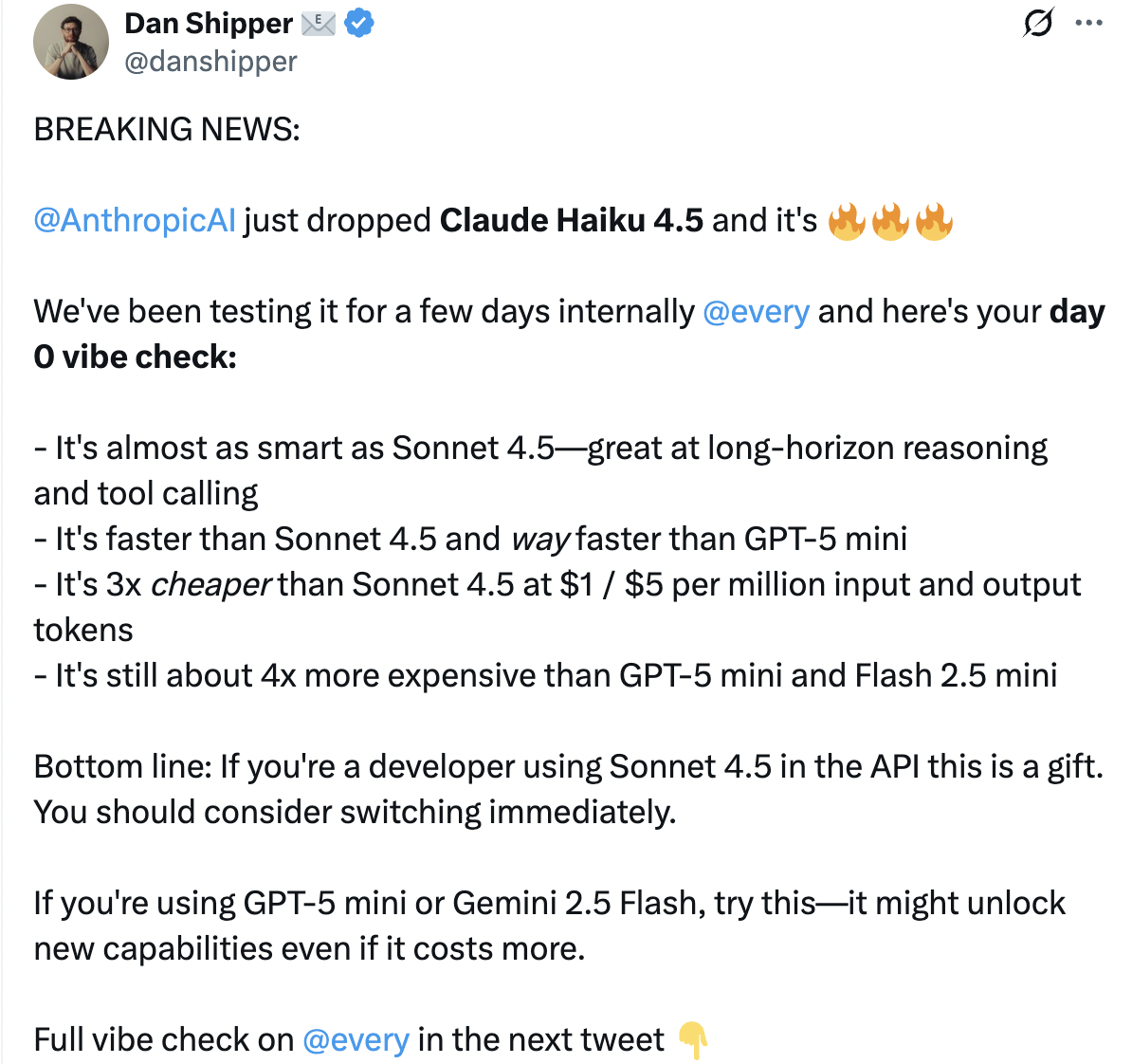
For more details, check out the blog post: https://every.to/vibe-check/vibe-check-claude-haiku-4-5-anthropic-cooked.
Claude Haiku 4.5 is now live on Claude Code and various applications.
Developers can access it via the Claude API, Amazon Bedrock, and Google Cloud’s Vertex AI, directly replacing Haiku 3.5 and Sonnet 4 at Anthropic’s most competitive pricing tier.
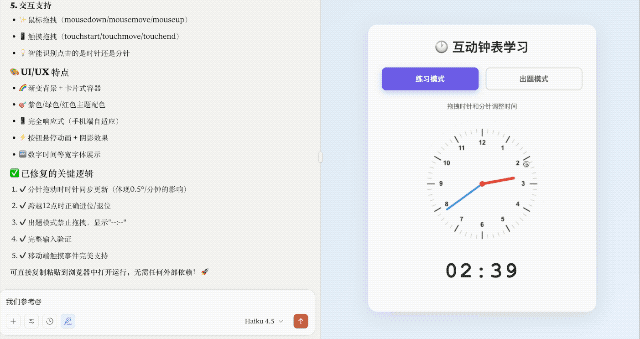
In a demo using @zb1992’s prompts, Claude 4.5 Haiku generated a clock application code faster,
with the final output being highly satisfactory. Its speed advantage was even more evident in a classic reasoning puzzle, showcasing the lightweight model’s core strength in practical applications.
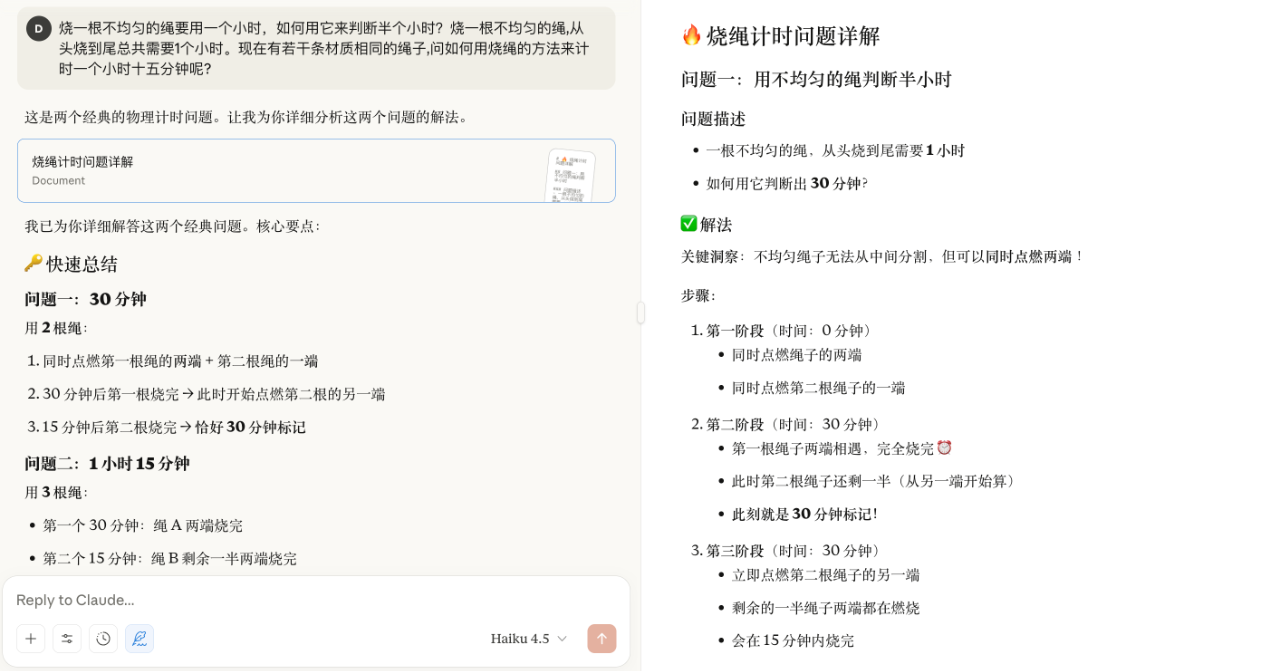
Additionally, according to The Information, Anthropic—valued at $170 billion—has informed investment advisors in recent weeks of plans to acquire tech talent and expand beyond programming assistants, as this area currently drives most of its revenue.
Insiders suggest that, given Anthropic’s success with developer-focused AI tools, the company may next target other common software tools, such as automated vulnerability testers or software design aids.
Reports also indicate Anthropic could acquire companies to develop industry-specific products for finance, healthcare, or cybersecurity, favoring smaller deals under $500 million.
Overall, while boosting model capabilities, Anthropic is actively building its ecosystem. The AI race ultimately benefits developers and users with stronger models, lower prices, and more choices.
